
By Amy Goodman and Denis Moynihan
The world changed irrevocably 70 years ago, on Aug. 6, 1945, when the United States dropped the first nuclear weapon in history on the civilian population of Hiroshima, Japan. Three days later, the second and, to date, final atomic weapon used against human targets was dropped on Nagasaki, Japan. Hundreds of thousands were killed. Many were horrifically burned, and thousands suffered the long-term impacts of radiation poisoning. Survivors of those two horrible blasts, called “hibakusha” in Japanese, still live, and still recount their experiences. While the world has avoided nuclear attacks since those two days in 1945, the potential for nuclear devastation is forever hanging over us. Born from the ashes of those two awful bomb blasts, however, was a nuclear abolition movement that still wages a peaceful campaign to eliminate these weapons.
“I was a child at the age of 10 … when Japan experienced the bombings of Hiroshima and Nagasaki,” Kenzaburo Oe told me in Tokyo last year. Now 80 years old, Oe is the 1994 winner of the Nobel Prize for Literature, and is one of Japan’s most highly respected intellectuals and humanitarians. “At the time, what was a great shock to me, but also my mother, our families, all the people at that time, was of course the atomic bomb. This was a greater catastrophe than anything we had ever known.”
For all of his great writings, known around the world, Oe said it is his greatest shame that he never wrote a novel about the atomic bombings. He gives great credit to the wounded survivors for keeping the stories alive: “Japan was under [U.S. military] occupation, and at that time it was not possible for the hibakusha, which is what we call the survivors of the atomic bombs, to create any kind of organization of their own. And five years following the bombings was when they were first able to create their own organization. At that time, their lone slogan was to never allow this to be repeated, never to allow any more hibakusha to be created.”
The hibakusha have served as the core of the Japanese peace movement ever since, taking as their symbol the origami peace crane. Sadako Sasaki was a 2-year-old girl when Hiroshima was leveled by the bomb. Sadako lived, but at the age of 12 was diagnosed with leukemia, one of the diseases caused by the bomb’s lingering radiation. A friend in the hospital told her that if she folded 1,000 origami cranes, she would be granted a wish. Hoping to defeat her disease, she began making the intricate paper cranes. She died on Oct. 25, 1955.
The peace movement in Japan still lives, though, as people there organize to abolish nuclear weapons, but also to eliminate nuclear power plants. Oe told the French newspaper Le Monde, ““Hiroshima must be engraved in our memories: It’s a catastrophe even more dramatic than natural disasters, because it’s man-made … by showing the same disregard for human life in nuclear power stations, [it] is the worst betrayal of the memory of the victims of Hiroshima.” The movement to permanently shut down Japan’s fleet of nuclear power plants seemed on the verge of success after the Fukushima disaster in March 2011. The conservative government of Prime Minister Shinzo Abe that came to power after the disaster, however, has vowed to revive nuclear power there, restarting dormant plants and even building new ones.
Across the world, at Los Alamos, New Mexico, the birthplace of the atomic bomb, research is still conducted on making newer and “better” nuclear weapons. To commemorate the 70th anniversary of the bombings of Hiroshima and Nagasaki, peace activists are holding a conference in nearby Santa Fe, as well as vigils at the gates of the top-secret national nuclear-weapons research laboratory in Los Alamos. As organizer and longtime peace activist Father John Dear says, “We said to God, what it took you 15 billion years to make, we can end in 15 minutes.”
Dear’s words echo those of one of the bomb’s architects, J. Robert Oppenheimer. He was a physicist and leader of the Manhattan Project, the massive U.S. project that built the bombs. The first atomic detonation happened on July 16, 1945 in the New Mexico desert, at a test site called Trinity. Watching the blast and the ensuing mushroom cloud, Oppenheimer recalled the words of Vishnu from the Hindu scripture, the Bhagavad Gita:
“Now I am become death, the destroyer of worlds.”
Hiroshima stands as a monument to the madness of nuclear weapons. Last year, walking the grounds of the Hiroshima Peace Museum, we saw the Children’s Peace Monument, in honor of Sadako Sasaki and the thousands of child victims of the blasts. The monument is adorned with thousands of paper cranes. Engraved at its base is a plea to us all:
“This is our cry. This is our prayer. Peace in the world.”
Read this column at Truthdig.org.
Subscribe to Amy Goodman’s podcast on SoundCloud

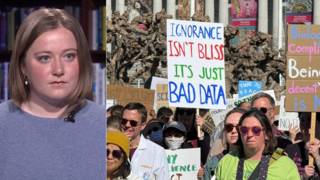
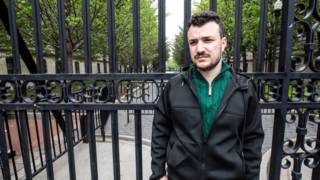
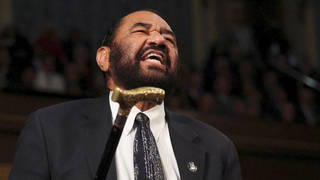
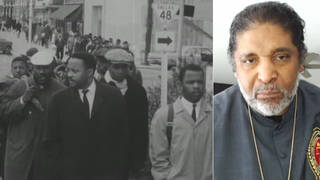
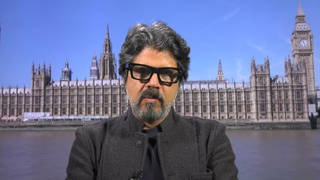
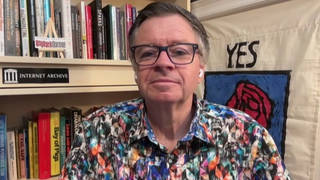
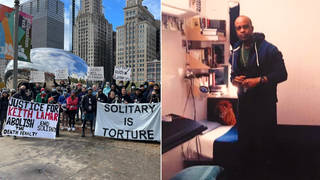


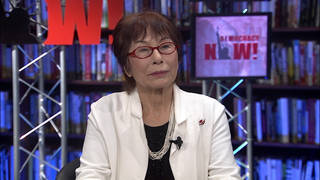
Media Options